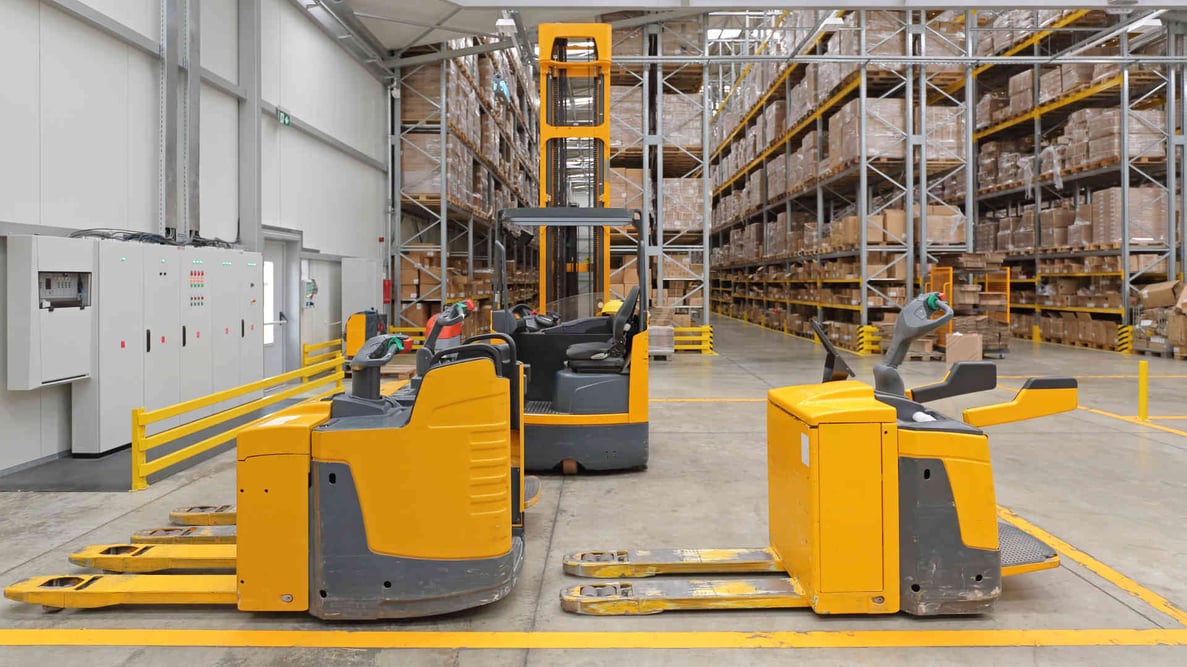One of the biggest factors in your order fulfillment cost is who does your provisioning. There are pros and cons to both doing it yourself and trusting it to the pros. One of the main factors is how scalable your fulfillment operations are and how much time you want to spend on fulfillment versus growing your business.
Benefits of Hiring a 3PL
A third party logistics provider (3PL) could include a range of logistics companies. They handle the picking, packing and shipment for your orders. This full-service model generally includes a fulfillment provider storing your inventory in its warehouse. As soon as the customer orders, the 3PL picks the items from its warehouse shelves, then packs them into the appropriate container for shipping. The packaged item is shipped using reliable carriers, such as UPS or FedEx.
Trusting a fulfillment vendor may take some time, especially if your operation is still growing. However, there are many advantages to outsourcing this component of your e-tail or retail business. Check out one online calculator for an example of how the math works out.
In-House Vs Outsourced Fulfillment
To decide whether outsourced fulfillment makes sense for your business, you should compare it to your in-house costs. Here's a list of the various expenses to include:
-
Labor. This includes all staff in the warehouse, such as those who receive orders, manage the inventory, pick and pack the order and shipping. Include all these factors in your cost comparison to make sure you produce a fair representation of your in-house costs.
-
Rent. This is the actual cost to rent warehouse space. It's true that in-house fulfillment gives you greater control, but it also leaves you to foot the cost of leasing, even if you aren't using the entire warehouse.
-
Utilities. Running a warehouse may result in high utilities such as water and electric. Instead of paying a portion of this cost as you would with a third party provider, this becomes a significant line item on your profit and loss statement.
-
Insurance. If you rent and manage warehouse space, you'll need to purchase commercial liability insurance to cover accidents, theft and other issues that may arise.
-
Supplies. To run a warehouse, you need the associated supplies, including cartons, shrink wrap, carton fill and other supplies.
-
Shipping. This includes the cost to ship the goods and is usually the actual price charged by the carrier. Since small parcel carriers like FedEx and UPS typically provide volume discounts, you may end up saving money in this area by using a 3PL.
-
Customer Service. Inevitably, someone has to answer calls and emails from your customers. It's important to budget for this interaction, especially if you want to know how much you can save by letting someone else do it. Some small businesses owners are reticent to give up control, but it really can eat up a lot of time that you could be spending growing the business.
-
Management Time. This soft cost is one of the most unaccounted for line items. Even large corporations struggle to measure it effectively. As the owner or manager, you're likely to spend a great deal of time checking in on the situation with your warehouse team. Without factoring this into the expenses, there's no accounting for time NOT spent on managing the business.
-
Software. Any software that you use to process orders, manage inventory and track shipping falls under this category.
After you have recorded and totaled these costs for a period (usually one month), divide the costs by either the number of orders or the number of products sold. This cost per order or cost per unit gives you a direct comparison for the pricing structure used by most 3PLs.
Inefficiencies with In-house Fulfillment
In-house fulfillment can be inherently inefficient. Unless you use 100 percent of your warehouse space and every employee works at 100 percent capacity, it's a losing proposition. Let's say your employees pull, pack, and ship ten orders each hour. In addition to this, they have to complete associated receiving and inventory management work. For example, if you ship over 50 orders a day, you'll need more staff to cover busy times, but you still have to for labor you aren't using in slower times.
Efficiencies of Outsourcing Fulfillment
In contrast, fulfillment companies can manage to scale, whether it's up or down, so they can operate more efficiently. They aren't distracted by management tasks and other aspects of running the business. Their sole job is making sure the distribution process goes smoothly.
Fulfillment companies are always trying to make the fulfillment process go a little faster, so they can increase output. ShipBob says it packages from 30 to 60 orders an hour, making them up to six times more efficient than most small business warehouses. 3PL employees work on multiple accounts so that slowdowns in one sector don't impact them very much.
Thanks to these efficiencies, outsourced fulfillment expense tracts directly with your order volume. You only pay for space and labor needed to ship each order but not for time employees sit idle.
Performance Consistency with a 3PL
In a survey, 87.18 percent of fulfillment companies polled said they measured their performance and many reported nearly a 100 percent order accuracy. In fact, 98 percent of customers come back year after year. This indicates a high level of performance and professionalism, which may be just what you need to make the leap to a 3PL fulfillment provider.
Contact Us
SkuNexus software helps merchants handle their own fulfillment, and the platform is also available to 3PLs looking for a better solution to their warehouse management system for multiple merchants.
The options are endless with SkuNexus, schedule a demo today to learn how we can fulfill your in-house or outsourced fulfillment needs.




